Traditional and Regional
Learning how to work with regional preferences and cultural heritage is an important part of the barista’s role. Drinks on the menus in many countries may be a signature of the cafe’s style or an expression of popular regional traditions. The most famous example of this is the cappuccino, but there are hundreds of other variations. Wherever these occur, we stress the importance of sticking to the recipe and making sure there is a consensus amongst the whole barista team about how these drinks should taste.
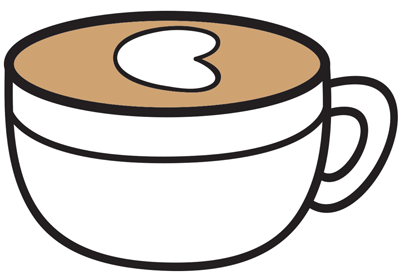
The Cappuccino
The cappuccino is the oldest milk drink on the menu; it’s even older than espresso! It was invented in Austria in the eighteenth century as the Kapuziner. The cappuccino as we know it, with steamed milk, evolved during the early part of the twentieth century.
We think the maximum you should try to aerate milk is 66% — for example, if you had 100 ml of milk, you would produce 66 ml of foam. Any attempt to make more foam than this means you start to get larger bubbles in the mix. Aeration of 66% also happens to be just the right amount for a cappuccino.
In this series of gifs, we explain exactly what we mean by a 66% increase in volume.
First Matt portions his milk:
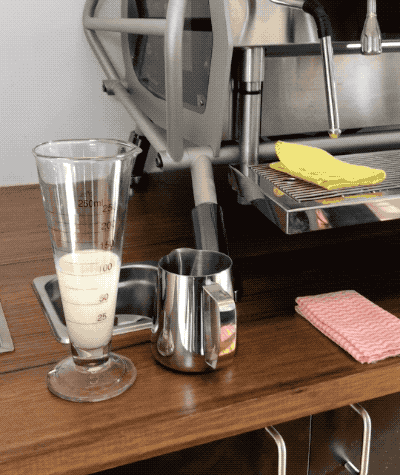
Then he purges the steam wand:
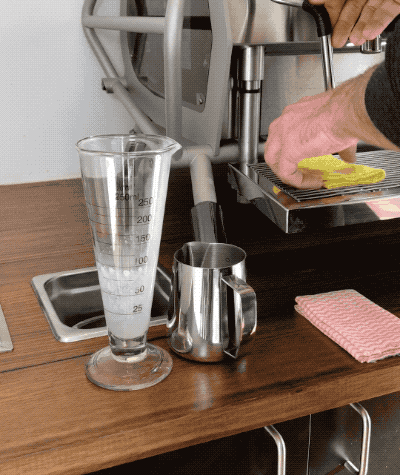
Next, he aerates the milk then wipes and purges the steam wand:
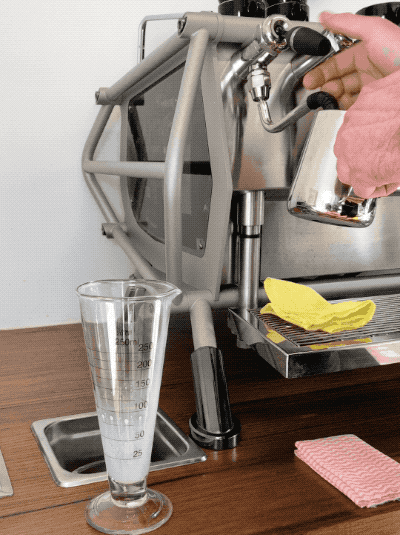
Finally, he shows us that the volume has increased from 100ml to approximately 166 — a 66% increase in milk volume which is perfect for making a traditional cappuccino.
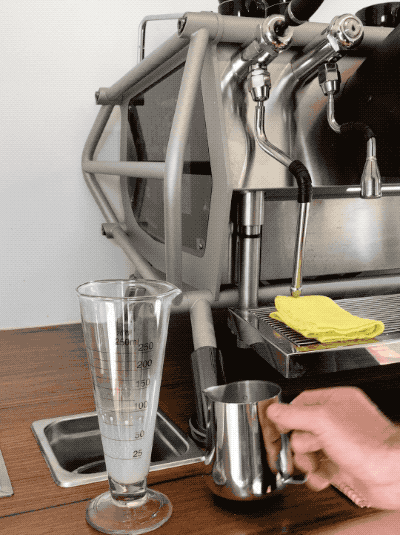
If you aerate 90 ml of milk by 66%, you will obtain 60 ml of foam. Pour that foam on top of a typical 30-ml espresso (including crema), and your resulting drink has a 2:3:1 ratio. That is commonly cited as the classic single-shot, continental cappuccino recipe.